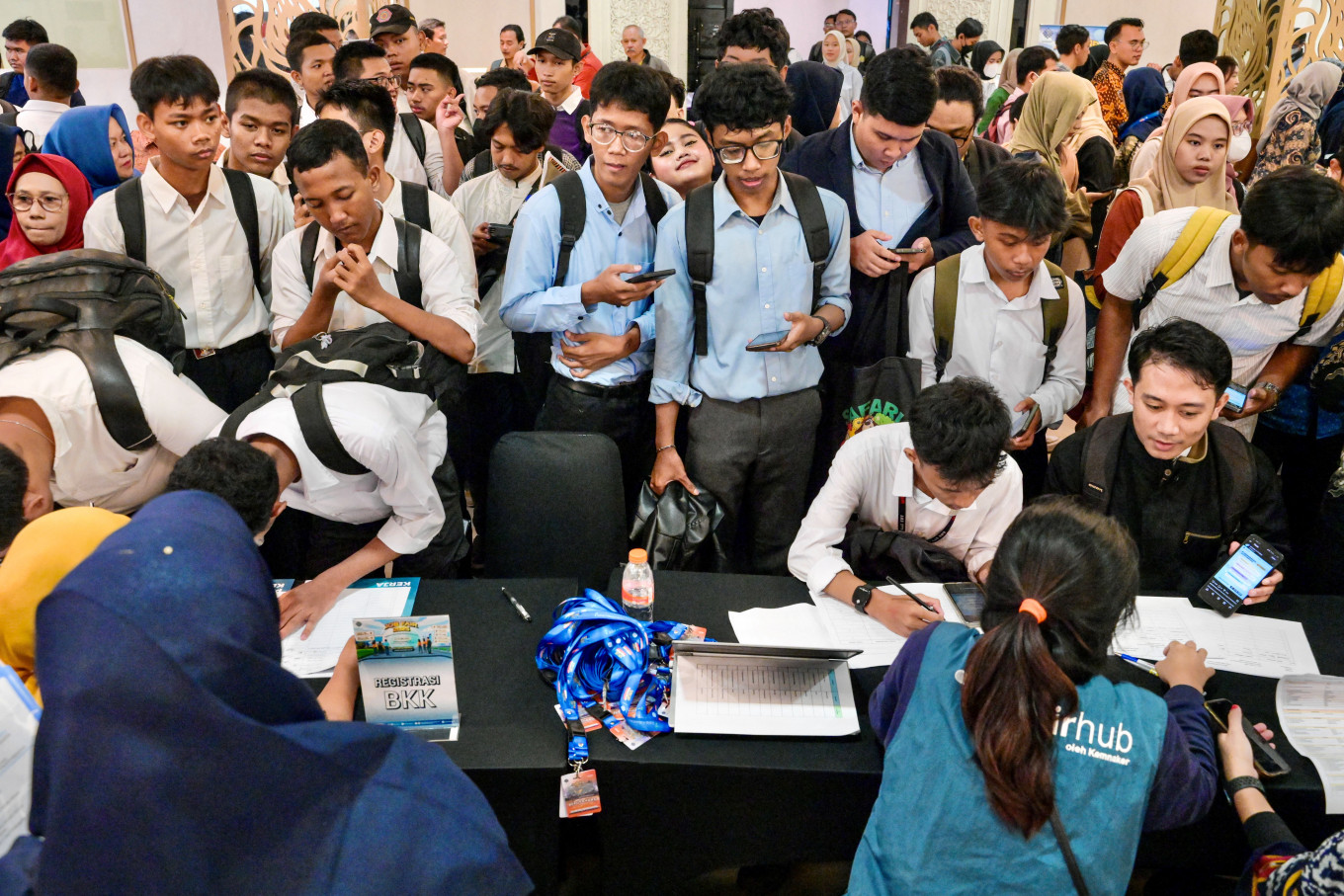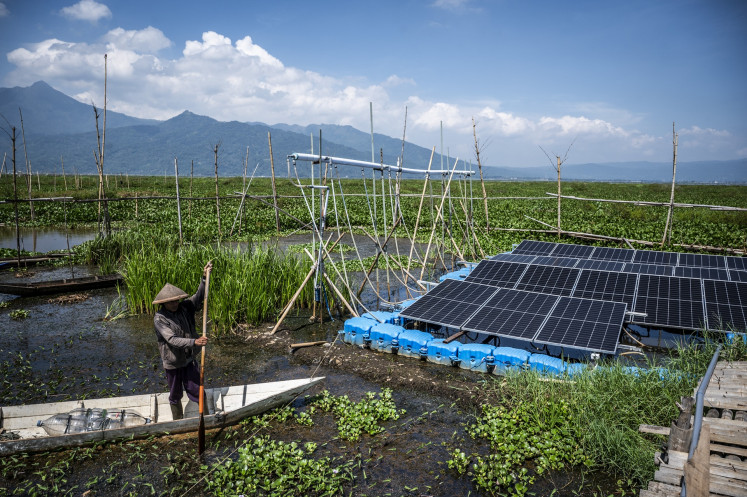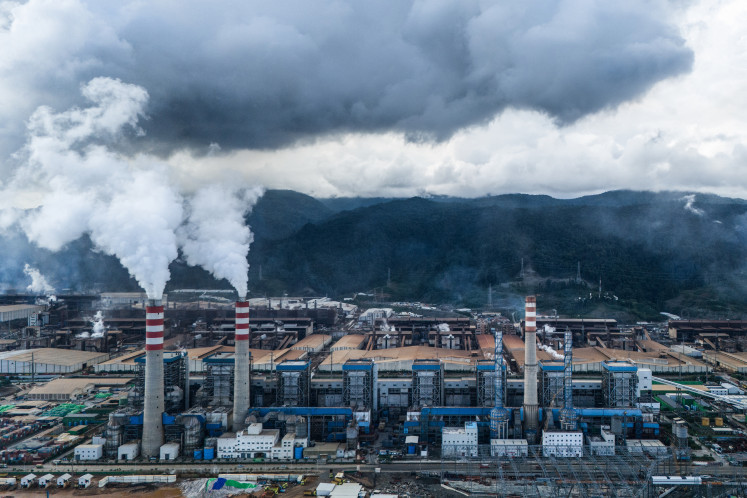Popular Reads
Top Results
Can't find what you're looking for?
View all search resultsPopular Reads
Top Results
Can't find what you're looking for?
View all search resultsDeindustrialization anomaly and the fall of the working class
Massive labor absorption may be masking deeper structural symptoms of declining job quality and the trapping of the working class in low-value-added sectors.
Change text size
Gift Premium Articles
to Anyone
T
he downfall of the Indonesian working class began in the era of premature deindustrialization, which occurred two decades ago. At the beginning of the millennium, the industrial sector began to experience a decline in its contribution to the national gross domestic product (GDP).
Based on the National Accounts Data by the United Nations, over the last two decades (2001-2022), the industrial sector's contribution to Indonesia's GDP was still quite dominant, at around 48 percent. In 2022, its contribution decreased to 38 percent. Compare this with the contribution of the service sector. In the same period, it actually experienced a significant increase from 38.4 percent (2001) to 41.8 percent (2022).
If we look at the distribution of labor, an interesting anomaly emerges. Despite the weak performance of the manufacturing sector, the number of workers absorbed has increased. In 2001, only about 18.7 percent of the labor force was absorbed into the industrial sector. Logically, more people working in the industrial sector will increase the value-added produced, especially for GDP. But why is it the other way around?
If traced further, the surge in labor does not always go hand in hand with an increase in its contribution to GDP. In the Indonesian context, massive labor absorption may be masking deeper structural symptoms of declining job quality and the trapping of the working class in low-value-added sectors. Why?
Unfortunately, in Indonesia, the industries that are growing are not high-value-added oriented industries but rather labor-intensive industries that rely on the low wages of their workers for efficiency. Most industries in Indonesia are also in the low-value chain category, where instead of producing high-value-added finished goods, the majority of industries in Indonesia focus on assembly, packaging, or other simple outsourcing activities. As a result, although a lot of labor is absorbed into the industrial sector, the output produced tends to be low, and automatically, the contribution to GDP is also low.
Furthermore, misguided incentive policies further exacerbate the situation. Instead of encouraging the growth of innovation and technology-based industries, the government has been more active in providing incentives to labor-intensive sectors that rely on low-wage labor as their competitive advantage.
The dominant effect is that the working class is only considered a cheap means of production. As a result, workers' welfare becomes stagnant due to “suppressed wages” to attract investors. In addition to the low wages they get, it is difficult for workers to advance in income status due to the lack of training and skills upgrading.



















